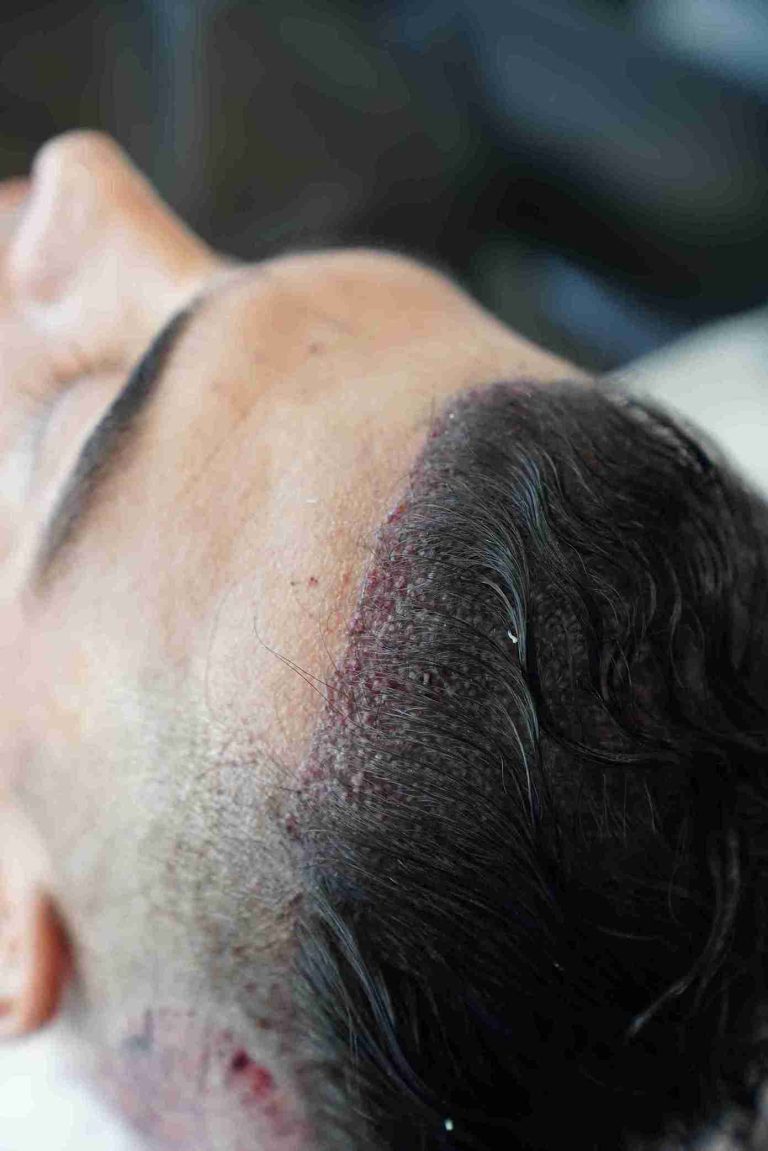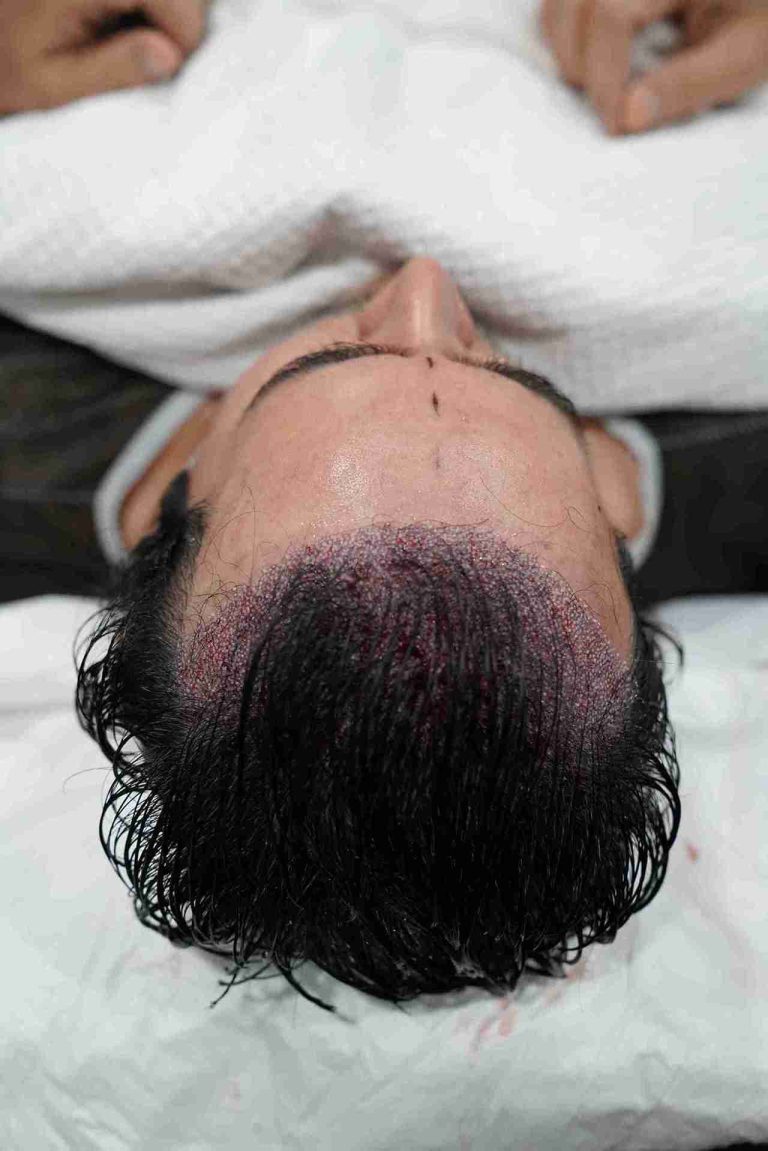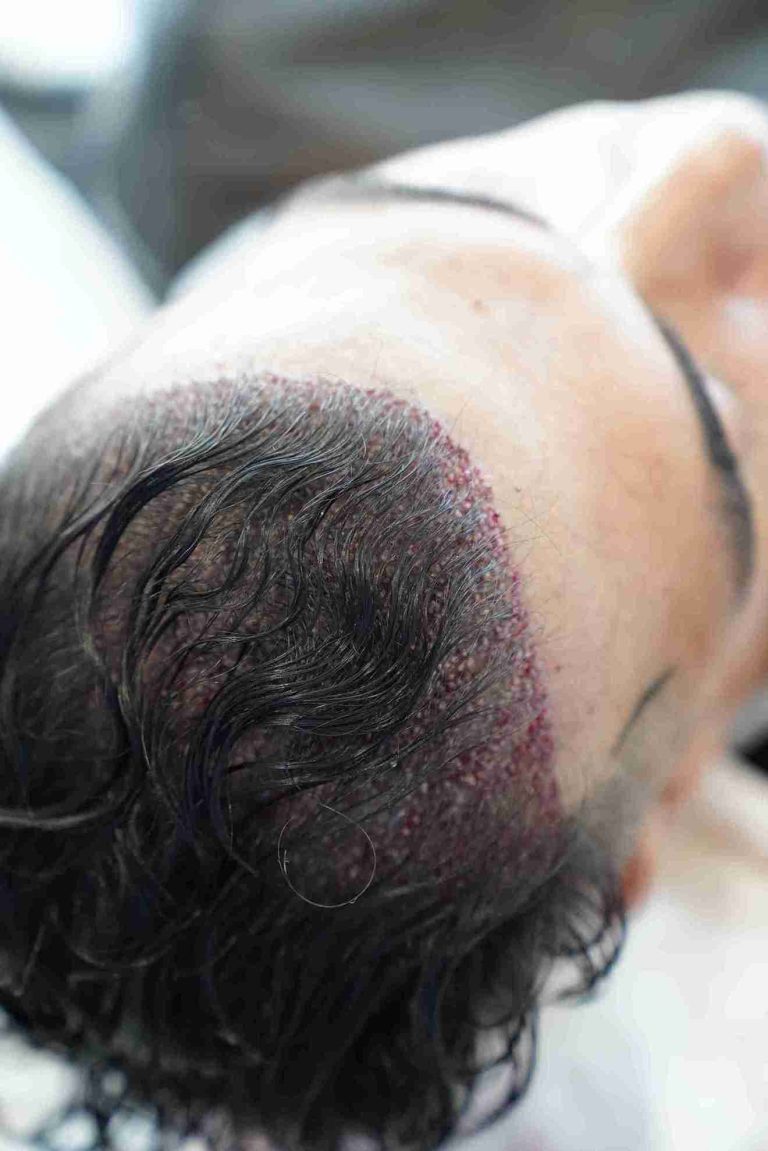Home » Hair Transplant Without Shaving
How Hair Transplant Without Shaving and Long DHI Work
Some people dread the idea of having to cut their hair short, even if it’s for a hair transplant procedure that will lead to a fuller, thicker look in the long run. Don’t worry, though, if shaving your head sounds like a nightmare that you would rather avoid, there is a solution for you—a version of the standard technique where the surgeon can leave your existing hair long.
Using the latest DHI technology, the doctor only needs to shave a tiny donor area at the back of the head that you can easily cover up, while the top and front of the head remain the same. This means no awkward conversations or waiting for months to get your old hairstyle back.
With all that in mind, let’s look at what makes someone a good candidate, some slight nuances, and the overall advantages of this type of operation.
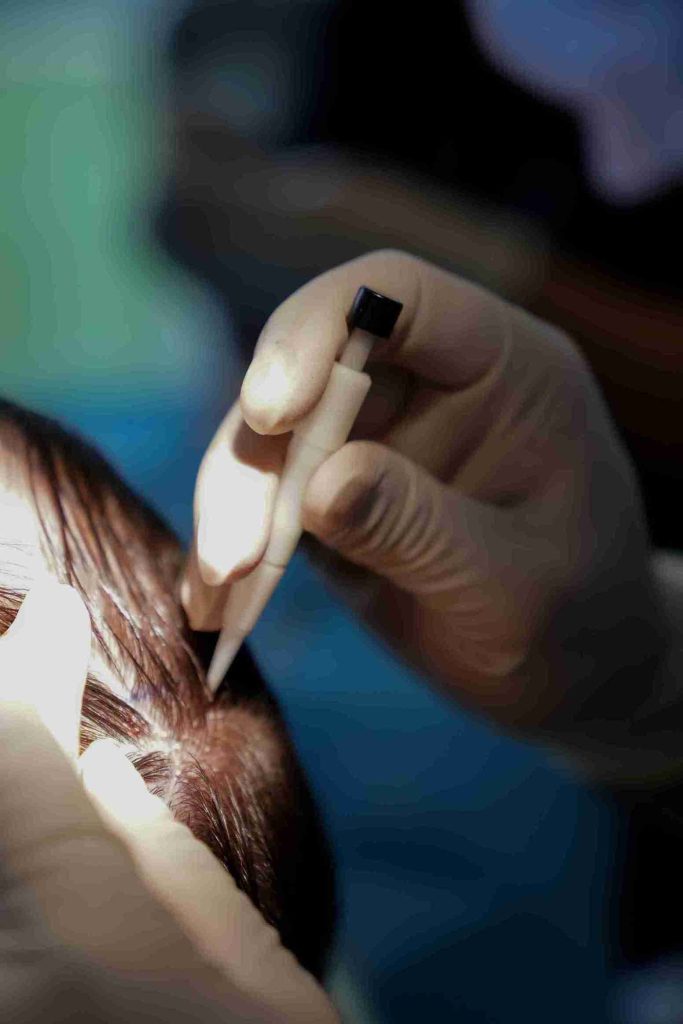
Who Is the Best Candidate for a Transplant Without Shaving
Generally speaking, this option is most popular with women experiencing the initial stages of hair loss, where it is thinning at the crown, or men with long hair with a slightly receding hairline and some thinning. The reason is that the process can only be done with around 500–2,000 grafts.
However, as it lets you keep your usual appearance, allowing you to get back to work and your daily routine within a day or two, with no interruptions or questions from your curious peers, it’s also great for those who want added privacy.
Lastly, you need to have enough thickness in the surrounding area to fully mask the effects for a few months until the new hair grows out.
Is There a Difference Between No-Shave and Long DHI?
While both methods mean that the hair in the recipient area can remain intact, the big difference is that the first technique still requires the doctor to shave hair at the back of the head to extract each separate hair graft, like with the classic Follicular Unit Extraction (FUE) operations.
With the second one, the follicles can be taken from the back at their full or slightly shortened length, so the doctor may only need to cut the hair down a small bit. Here is a more detailed look at the main differences:
Feature | Without Shaving DHI | Long Hair DHI |
Technique | DHI performed with hair left longer than usual to partially conceal the donor area; small sections trimmed for extraction | DHI performed with full-length hair follicles extracted and implanted without cutting or trimming any hair |
Shaving required in the donor area? | Partial — only small, hidden donor patches shaved for extraction | None — donor hair is extracted at full length |
Shaving required in the recipient area? | None | None |
Required hair length | Usually ≥6–8 cm to conceal trimmed donor spots | Any length (since hair is not cut), but it works best when the patient wants to maintain the existing style completely |
Target zones | Hairline refinements, crown touch-ups, small-to-medium density boosts | Hairline, visible frontal zones, or high-profile cases where no visual downtime is desired |
Healing | 7–10 days for scabs to fall; redness fades over weeks | 7–10 days for scabs; similar healing but more initial tenderness from handling long shafts |
Scars | Tiny FUE dot scars hidden by surrounding hair | Tiny FUE dot scars hidden by surrounding hair |
How Much Does a Hair Transplant Without Shaving Cost in Turkey at the MedHair Clinic?
The price for a Long DHI hair transplant without shaving is around $2,330 – $2,680 , which is not too different from the regular full-shave FUE procedure for a smaller number of grafts. However, as mentioned, there are limitations, and patients with more severe balding who want a full head of hair will need to look at other options.
Here is a quick overview of everything that is included in the stated price:
The top Turkish clinics have some excellent all-inclusive packages, so it’s definitely a good investment.
Advantages of the Long DHI Method at MedHair Clinic
The main pros of choosing this option are that you can get back to your daily activities much quicker, it’s easy to mask the signs of the surgery with the surrounding hair, it’s a much quicker process with minimal scarring, and the results look natural.
The main con is that only a limited amount of grafts are available, which may not be enough for a complete hair restoration for those in the later stages of male or female pattern baldness. Additionally, as it is a much more difficult procedure that requires highly skilled surgeons, not all clinics will offer it.
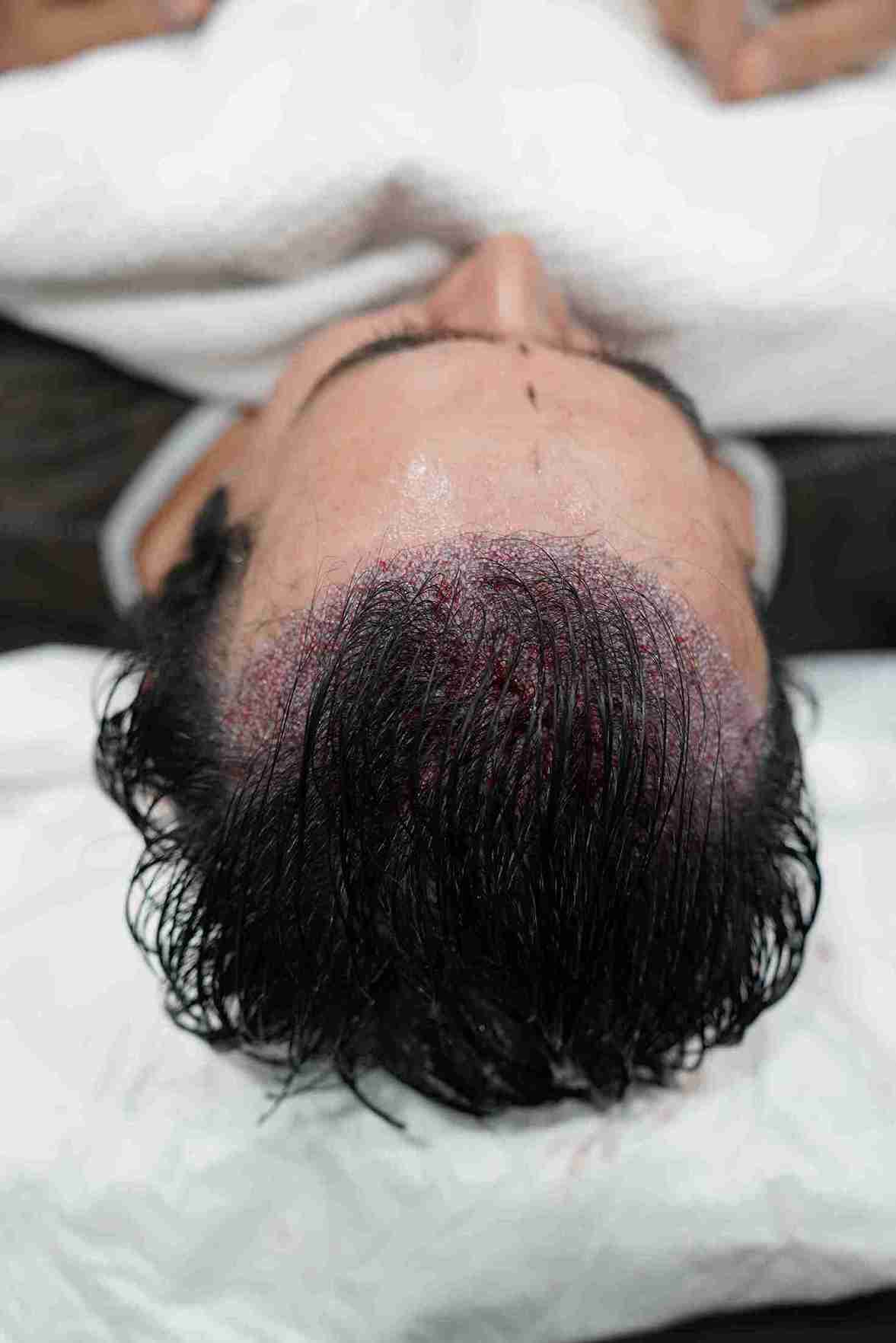
Frequently Asked Questions
No, it is only recommended for men and women with minor hair loss and plenty of hair in both the donor and the recipient area to cover up the initial swelling and scabbing during recovery.
Due to the complexity of extracting longer hair follicles and the need for the donor area to be minimized so that it can be covered more effectively, the doctors will only be able to access between 500 and 2000 grafts.
It’s roughly the same for an unshaven hair transplant as it is with the standard DHI version, around 2–5 days for the pain and swelling to subside, two weeks for the scabs to fall out and the redness to go away, and then a few months for the transplanted hair to grow out and strengthen.
These are quite small and can easily be covered up, so they can only really be noticed upon close inspection.
Yes, it generally costs more per graft due to its complexity, but since a smaller number of follicles are transplanted, it’s still quite affordable.

Request for a Free Consultation
The Medhair Clinic team is made up of experienced and highly experienced physicians, all experts in hair transplantation. We use the latest technologies to deliver the best possible results that our patients can trust. Leave us your contact information and we will get back to you as soon as possible.
REQUEST FOR A FREE CONSULTATION
EN
"*" indicates required fields
